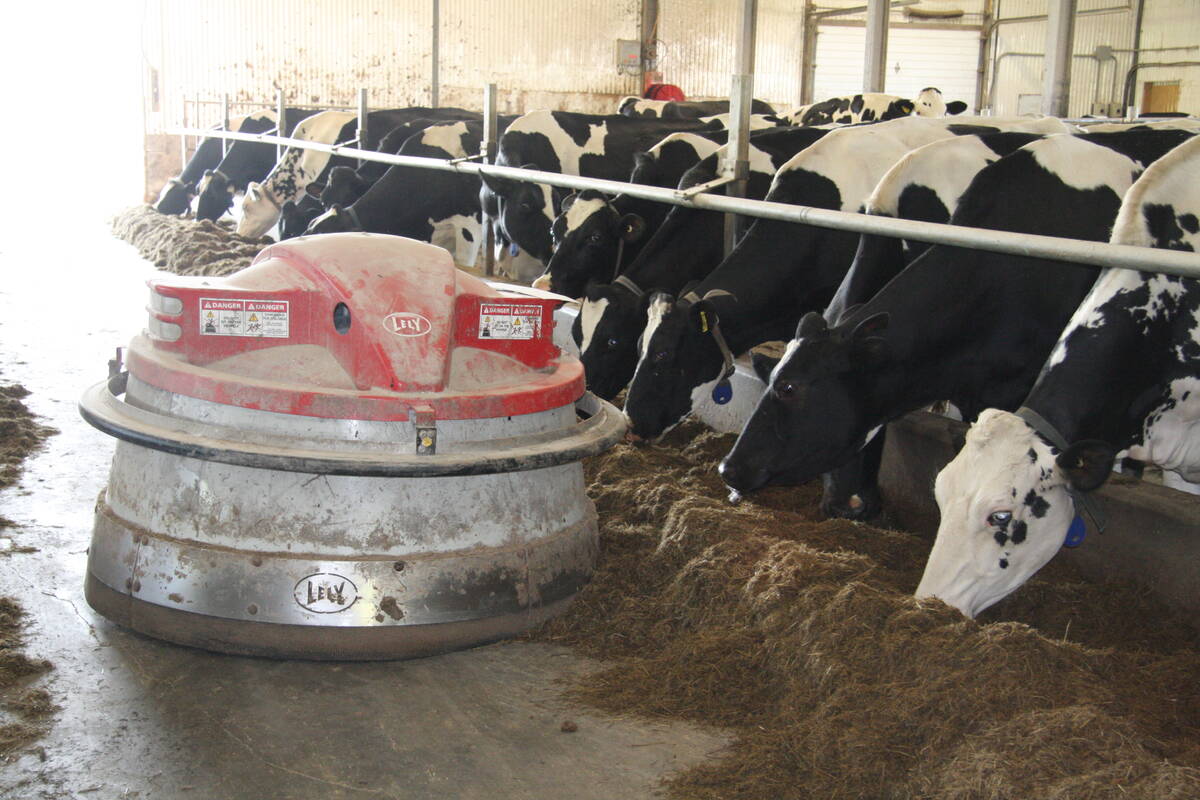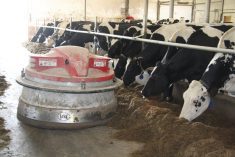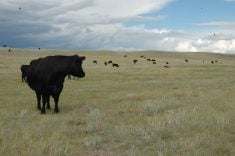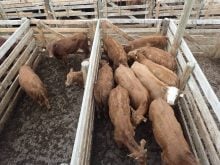RENO, Nev. — Next to overfat carcasses, injection site injuries are the biggest problem packers see when they’re processing beef.
American cattlemen at their recent convention took the issue seriously and passed a lengthy resolution dealing with injectable medications.
To live up to their promise of building better beef, the National Cattlemen’s Association is encouraging the use of animal health products that do not damage meat. The association recommends the industry standard be subcutaneous (under-the-skin) injections, intravenous or oral drugs to keep beef free of blemishes and more appealing to consumers.
Read Also

Partnerships, communication key to disease management
Communication and strong, trusted partnerships are key to managing infectious diseases like Foot and Mouth Disease and HPAI.
Drug companies have been working for some time to develop medicines that can be safely injected under the skin, preferably behind the shoulders and over the ribs. Another area suggested is under the skin several centimetres forward of the joining of the neck and shoulder, or just above and behind the elbow.
Antibiotic research a priority
Dennis White of the chemical company DowElanco, told reporters at the NCA meeting that research is ongoing at drug companies to find more powerful antibiotics that will act faster and leave fewer lesions. One of the reasons animals develop inflamed tissue is because of multiple injections in one spot.
Another DowElanco representative, Dennis Erpelding, said it’s not always the antibiotic that causes swelling and scarring, but the additives in the medicine. A carrying agent like mineral oil is added to dilute the active ingredients in the antibiotic. If a large amount of drug or a multi-bacterin vaccine is injected, swelling can occur.
Dull needles or those with barbs at the point are other culprits. Needles punch holes in the hide, and needles that are too large or dull make bigger holes than necessary, so it takes longer to heal.
Erpelding said developing new animal drugs is a lengthy and expensive procedure. The time from discovery of an antibiotic or vaccine to marketing takes 10 years. Stricter government regulations and lengthy approvals have slowed the development of new drugs. In 1971, the Food and Drug Administration approved 37 new drugs. In 1991 the FDA approved 11, said Erpelding.
Mike Bowles, NCA chair of the beef audit quality audit, said as of November 1993, 13.9 percent of carcasses examined last year showed injection site lesions.















